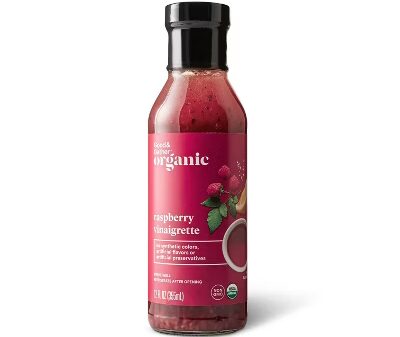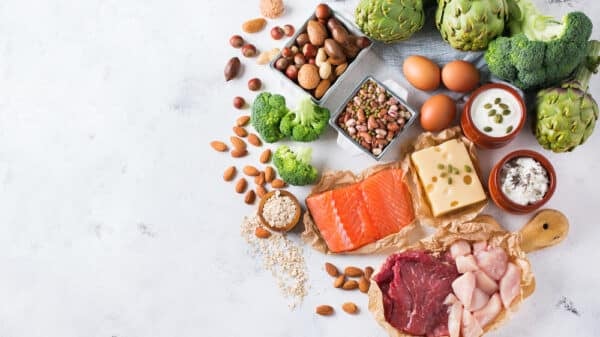In recent years, protein has surged in popularity within the food industry, often featured in various products, from snacks to meal substitutes. This rise can largely be attributed to its well-known benefits for maintaining satiety and aiding muscle development. However, while protein garners much attention, its counterpart—fiber—also plays a significant role in promoting overall health, yet it often goes underappreciated. Let’s dive into the benefits of both nutrients, their importance in our diets, and how to integrate them effectively for optimal health.
The Spotlight on Protein
Protein’s prominence in health discussions stems from its satiating properties. Nutrition expert Tracy Colin, M.S., RDN, points out that protein-rich meals can promote feelings of fullness, a vital aspect for those aiming to maintain a calorie deficit—something nearly 40% of Americans are actively pursuing. Research supports this, suggesting that meals higher in protein can stimulate satiety hormones and result in reduced caloric intake later in the day.
Moreover, as we age, the necessity of protein becomes even more critical. It is essential for muscle preservation; maintaining muscle mass is crucial for overall strength, independence, and metabolic health. Distributing protein intake evenly throughout meals can help maximize muscle protein synthesis, combating age-related muscle loss effectively.
The Essential Role of Fiber
Despite its less flashy reputation, fiber is equally important for health. Fiber’s benefits extend beyond mere fullness; it plays a crucial role in digestion and blood sugar regulation. According to Colin, fiber slows digestion, promoting more stable blood sugar levels and blunting spikes that could lead to cravings. Research indicates that diets high in soluble fiber can not only reduce appetite but also lower overall caloric intake.
Moreover, fiber supports long-term health through its various functions. It assists in cholesterol management, promotes regularity, and nurtures beneficial gut bacteria, which are vital for immune health. Studies show that increased fiber intake correlates with reduced risks of heart disease, type 2 diabetes, and certain cancers. Unfortunately, a staggering 95% of Americans do not meet the daily recommended fiber intake of 25 to 38 grams.
Protein and Fiber: Friends, Not Foes
So do you need to choose between protein and fiber? The answer is a definitive no. Both nutrients serve essential roles and complement each other in a balanced diet. Nutritionists like Colin and Samantha Cassetty emphasize the importance of incorporating both into meals. With most Americans consuming an excess of protein while still falling short on fiber, the goal should be to create meals that feature both nutrients harmoniously.
Incorporating More Protein and Fiber into Your Diet
Adding both protein and fiber to your meals can be seamless with a few thoughtful strategies:
- Start Your Day Right: Breakfast often lacks protein. Consider mixing Greek yogurt into oatmeal or pairing eggs with toast.
- Beans and Lentils: Incorporate beans or lentils into salads, soups, or tacos for an easy fiber boost along with plant-based protein.
- Opt for Whole Grains: Replace refined grains with whole grains like quinoa, which offer additional fiber.
- Combine Nutrients: Some foods, like nuts and legumes, naturally contain both protein and fiber, making them excellent additions to your diet.
- Smart Snacking: Snack on nutrient-dense foods like apples with nut butter or roasted edamame, as even small amounts of fiber can accumulate throughout the day.
- Sprinkling Seeds: Enhance oatmeal or yogurt by adding chia, flax, or hemp seeds for a fiber and protein boost.
Conclusion: A Balanced Approach to Nutrition
In summary, protein and fiber are not nutrients that should be compared against one another but rather seen as partners in promoting health. While protein supports satiety and muscle maintenance, fiber fosters digestion and reduces the risk of chronic illnesses. Most Americans have adequate protein intake but insufficient fiber, which can be rectified with simple dietary changes. Prioritizing variety and balance in nutrient intake will pave the way for a healthier lifestyle.































